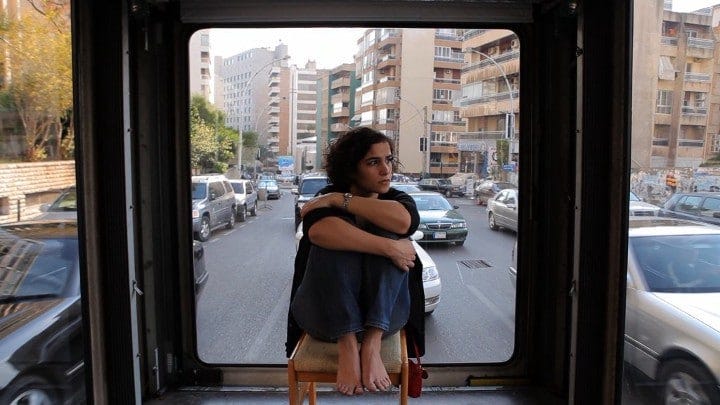5 Must-See Films at Art of the Real 2015

At the end of Edgardo Cozarinsky’s Letter to a Father, the sun sets. Set to the softness of tango, its bright colors slowly turn to embers before the audience. This film is a personal one, in which the eminent Argentine novelist and director tries to uncover his family history. The photographs and heirlooms of late 19th century Jewish immigration and 20…
Keep reading with a 7-day free trial
Subscribe to Nonfics to keep reading this post and get 7 days of free access to the full post archives.



